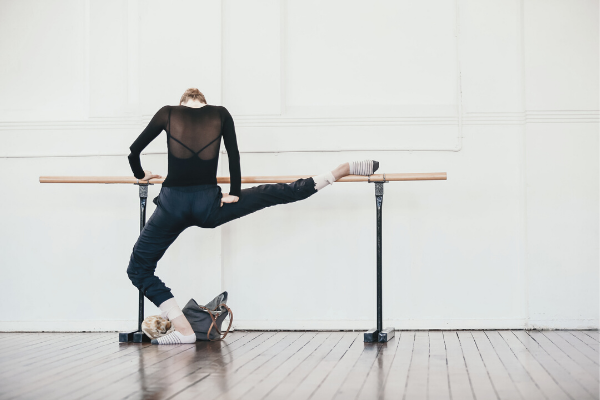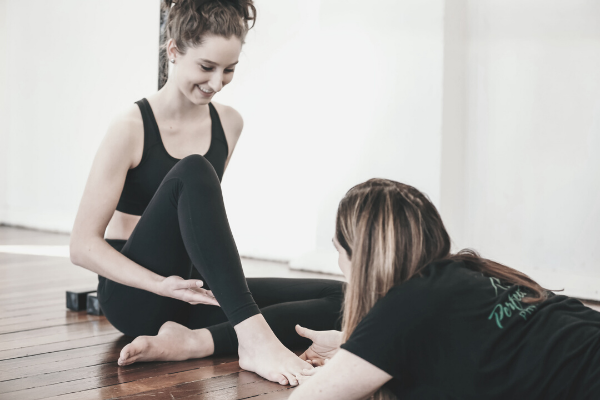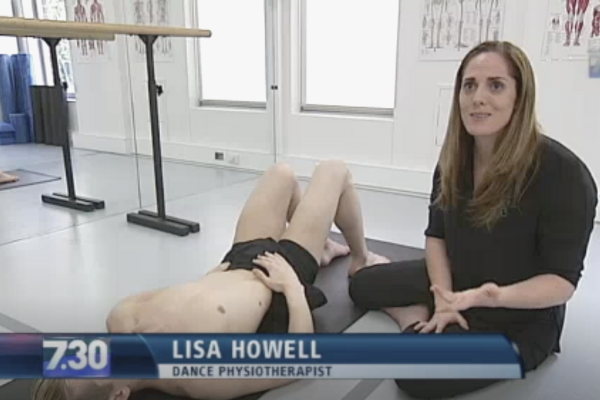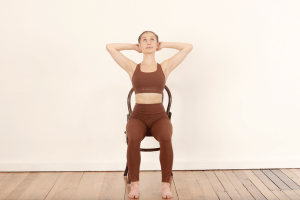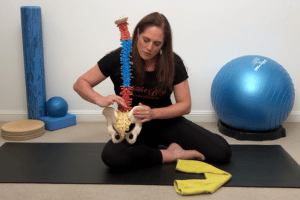Treatment of Back Pain in a Dancer
Treating dancers with back pain can be a whole different situation than treating ‘regular’ people! A Physio from Queensland has contacted me for some assistance in treating one of her clients…
Dear Lisa,
I have been treating a young ballet dancer who is working towards her level 2 (?) and hoping to teach. She has been having back pain for a while, usually after dancing.
She has a long back, slight right PSIS upslip, right foot pronated with some IR of the femur, stiff lumbar region, and weak right hip stabilisers. Left splits better than right. I have worked on mobilising her thoracic/lumbar area with deep tissue massage to gluts/piriformis, psoas, ITB, and quads. I have given lower abdominal strength plus right side stability exercises, foot positioning control.
She has not improved over a few weeks so I sent her for Xray and this shows non-union of left L1 transverse process (incidental? -would this cause problems with muscle attachments?) and no spondylolisthesis.
Any suggestions or anything further I should look for?
Thanks
Trish (Physio – Qld)
Hi Trish
Thank you so much for your email, and I hope I can shed some light on the situation for you. Dancers and especially high-level ones are often a tricky bunch to treat and can push you outside the bounds of treatments for regular clients.
I am not sure what facilities you have access to, but if you do have access to a visual ultrasound that you can use to visualise her lumbar multifidus, then this would be a great start. Especially if she has had pain for some time, and has a non-union in the TP… Is there any chance that this may be an old fracture that has failed to heal? Or is it a congenital or developmental defect?
If she has had pain for some time there is a high likelihood that the local stabilizers at that level will be inhibited. This often occurs and can be overlooked in rehab. This would fit with your reports that she gets pain after dancing for long periods. I am not sure if her pain is an isolated joint level pain, or a more diffuse, general pain in the global musculature of the region. If local stabilizers are inhibited this leads to overuse of global stabilizers to compensate, and often results in pain.
We have a specific program based on isolating micro-movements at each level in the lumbar spine to facilitate local stabilizers, which is a little difficult to describe in an email. A basic version of this is in our A New Approach to Core Stability.
I would start with an assessment of the muscle bulk via palpation through the lumbar musculature, with a visual ultrasound review if possible. Initial rehab should be focused on conscious activation of multifidus in neutral, and then the introduction of Rotatores and Intertransversarii as rehab progresses.
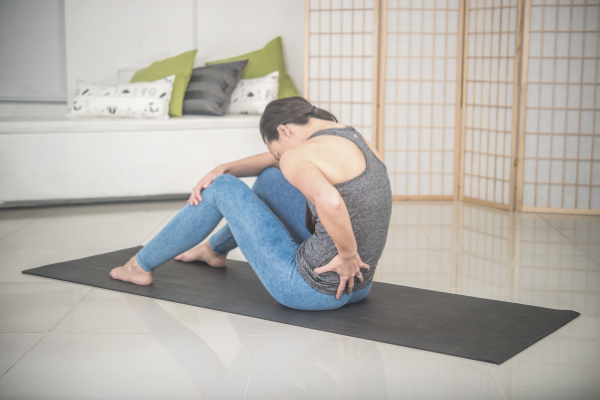
It is essential that the dancer learn to facilitate the use of these muscles in her basic (and then more advanced) ballet technique. This is especially necessary when she has had pain for some time, as adverse motor patterns can be set up that can take some reprogramming. You have to be very careful with dancers, as often they are very good at masking weaknesses by bracing with global stabilizers!
Please let me know if I can help out in any other way,
Kindest Regards,
Lisa Howell
Injury Resources
If you are looking to delve deeper into this topic, check out the following programs:
- Will I Ever Dance Again: The “Will I Ever Dance Again?” program is perfect if you are unable to train at full capacity, whether this is due to a foot injury, surgery, an accident or illness outside of the studio. It helps you build back to full capacity gradually while maintaining strength, flexibility and control in the rest of the body.
- Level One Dance Teacher and Therapist Training: This unique course covers a multitude of assessment and treatment techniques to individualise a dancer's training. With special focuses on Postural Control, Core Stability, Flexibility, Basic Classical Technique, The Dancers Hip, Allegro, Spinal Mobility and Arabesques, it is suitable for anyone working closely with dancers.



